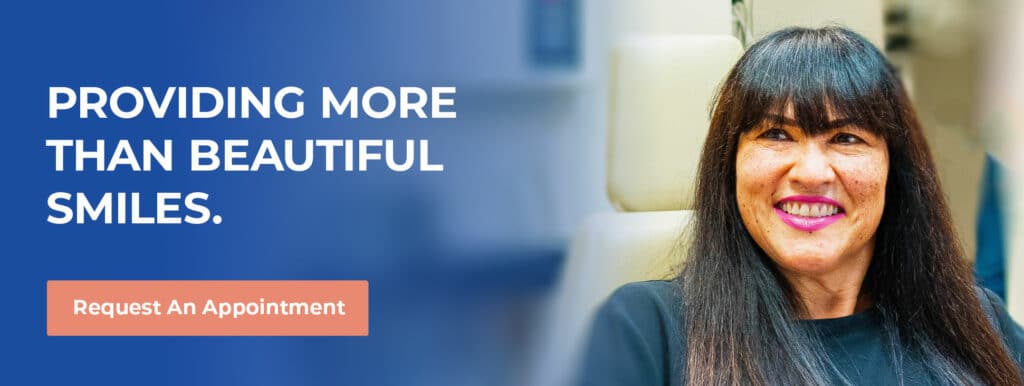Endicott Dental uses advanced dental technologies and methods, so you have a comfortable visit and get the best dental care. Today’s dentistry has come a long way from ancient dentistry. We know more than ever about teeth, oral health, and how they affect overall health. But the history of dentistry is a fascinating one.
Who was the first dentist? When did dentistry start as we know it? What are some of the strange beliefs people once had about dentistry? Let’s explore the history of dentistry timeline!
Who Was the First Dentist?
Did you know that dentistry goes back to ancient times? Indications of dental treatment date to the Indus Valley Civilization of 7000 B.C. The ancient Sumerians talked of “tooth worms” causing tooth decay around 5000 B.C. (Today, we know those “tooth worms” are bacteria.)
The first mention of someone holding the title of “dentist” goes back to 2600 B.C. and a man named Hesy-Re. He was the “Chief Dentist,” according to inscriptions found on panels in his tomb.
Hesy-Re was the dentist to the pharaoh himself, Pharaoh Djoser. Have you ever seen photos of the Step Pyramid in Egypt? That belonged to King Djoser, and Hesy-Re served as his dentist, priest, physician, and other titles and was buried nearby.
But Hesy-Re didn’t just serve the pharaoh. Archaeologists have discovered that he also cared for the teeth of pyramid workers and made strides in dentistry, treating tooth decay and performing extractions when necessary.
The ancient Egyptians also used to clean their teeth with a mix of oxen hooves, pumice, egg shells, and myrrh, which was burned into a fine ash and made into a paste to scrub the teeth.
You guessed it — they used the first toothpaste.
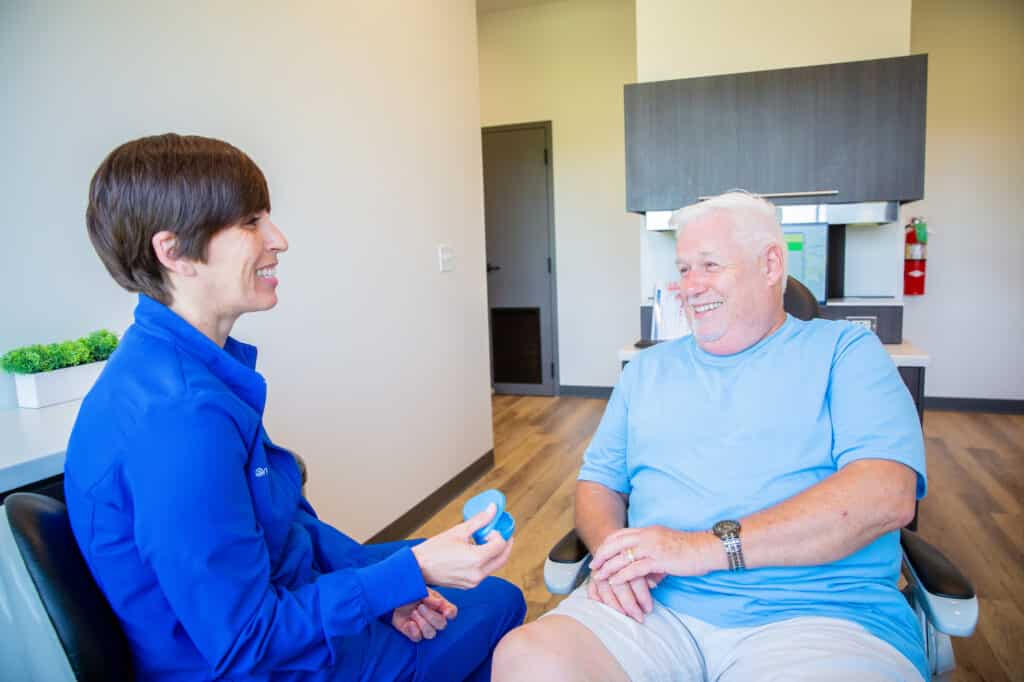
Who Invented the Toothbrush?
People cleaned their teeth with various materials through the years, such as chewing on sticks, but between 618 and 907 A.D. in China’s Tang Dynasty, the first toothbrush appeared. The early toothbrush was made of bone or bamboo, and the bristly hairs of a boar were used for the brush.
You can still buy boar’s hair toothbrushes today, but most are made with nylon bristles instead.
Medieval Dentistry
Dentistry grew as a practice in Europe, particularly in France, in the middle ages. Dental surgery started to grow as a treatment for tooth issues. France became a leader in using dental surgery for treatment by 1210.
By the 1500s, the first book on dentistry was published. The Little Medicinal Book for All Kinds of Diseases and Infirmities of the Teeth was published in 1530. The first published material on the study of teeth.
Who Is the ‘Father of Modern Dentistry?’
Dentistry as a science continued to grow in Europe, but treatments were scattered and not always effective. In 1723, Pierre Fauchard wrote a book called The Surgeon Dentist, a Treatise on Teeth and became known as the Father of Modern Dentistry.
Fauchard was a French surgeon who created an all-encompassing system for the care and treatment of teeth. He suggested that cavities could be treated using dental fillings and that extracted or missing teeth could be replaced with a dental prosthesis, the forerunner of today’s bridges and dentures.
Fauchard also determined that what people ate could damage their teeth. He proposed that acid created from sugar could eat away at a tooth’s enamel and cause tooth decay.
In the 1700s, the new colonies in North America had their own dentist who advertised his services in a Boston newspaper. He also later identified the body of a man by the crown he had created for him. That man’s name was Paul Revere.
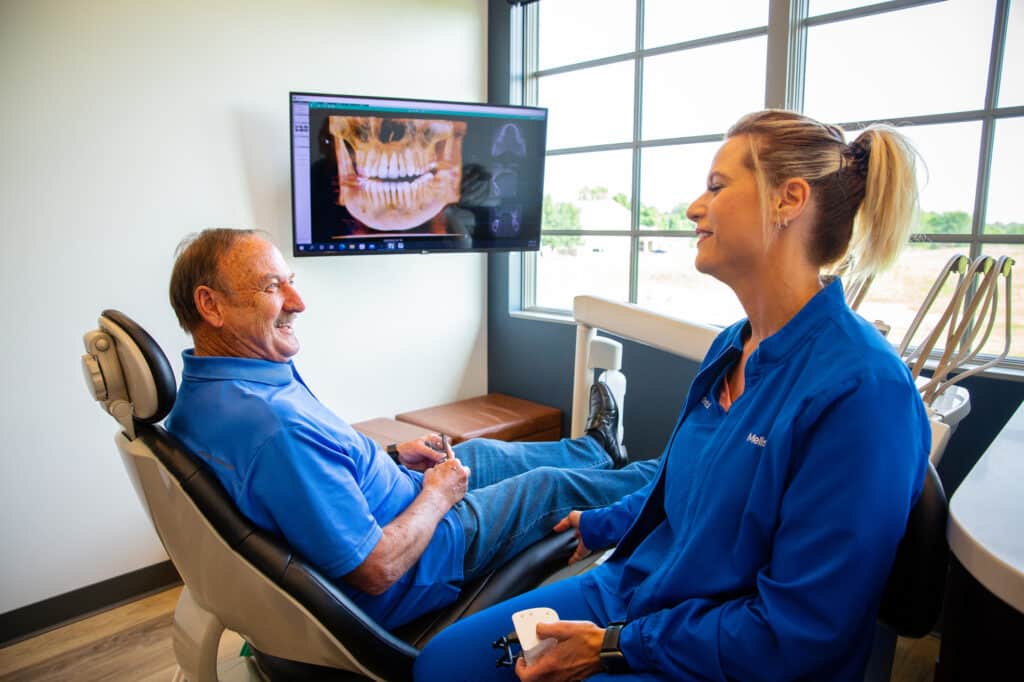
Dentistry in the 1800s
Modern dentistry took off in the 1800s with several advancements and developments. The first dental publication began in 1839. The American Journal of Dental Science was the first magazine devoted to the growing science of dentistry.
A year later, Horace Hayden and Chapin Harris opened the first dental school in 1840. The Baltimore College of Dental Surgery offered a Doctor of Dental Surgery (DDS) degree, training future dentists on the science of treating and preserving teeth. Eventually, the school would become a part of the University of Maryland.
Alabama enacted the first dental practice act in 1841, detailing what constituted a dental practice. Almost 20 years later, dentists from around the country came together in New York state to form an organization. The American Dental Association still exists and guides current and future dentists in proper dental practices.
Dentist Practices in the 20th Century
Several developments happened in the 1900s to make dentistry safer and more comfortable for patients. The first jacket crown was created by Charles Land in 1903. William Taggart created a machine in 1907 that allowed dentists to cast fillings.
In 1905, German chemist Alfred Einhorn created an anesthesia called procaine to make dental patients more comfortable during procedures. The substance is later marketed as Novocain.
Fluoride was added to drinking water for the first time in 1945. The instances of tooth decay dropped as a result. Fluoride was added to toothpaste five years later.
Dental Technology Today
Today’s dentistry has become safer, more precise, and more comfortable than ever before. The invention of digital scans and X-rays make it safer to examine patients and find dental issues more easily. Today’s crowns, bridges, and dentures are custom-molded to fit better and more comfortably.
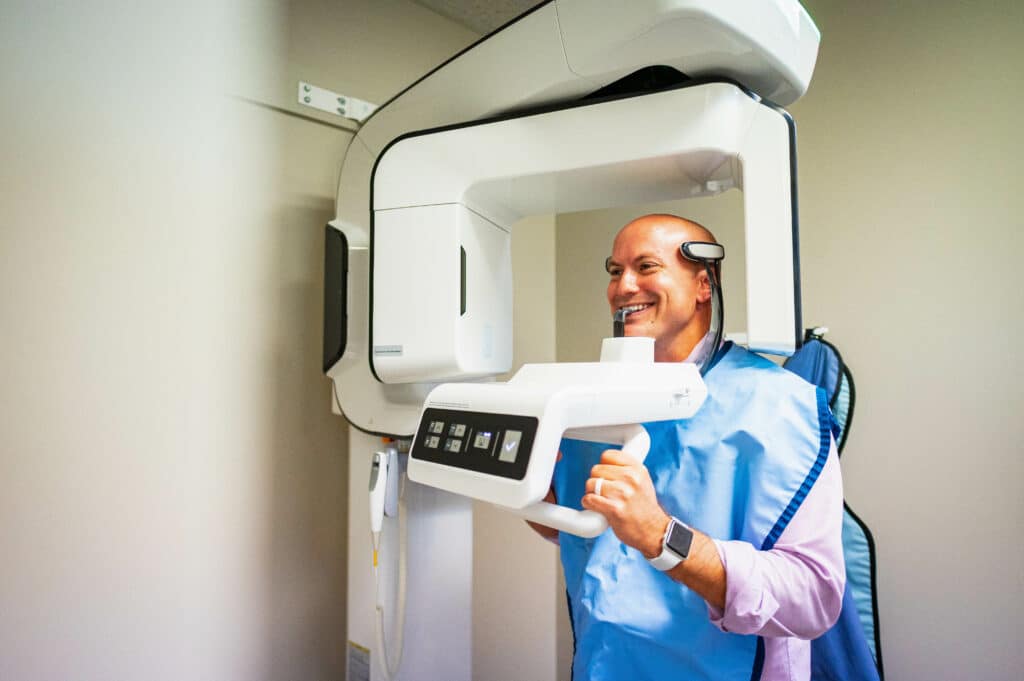
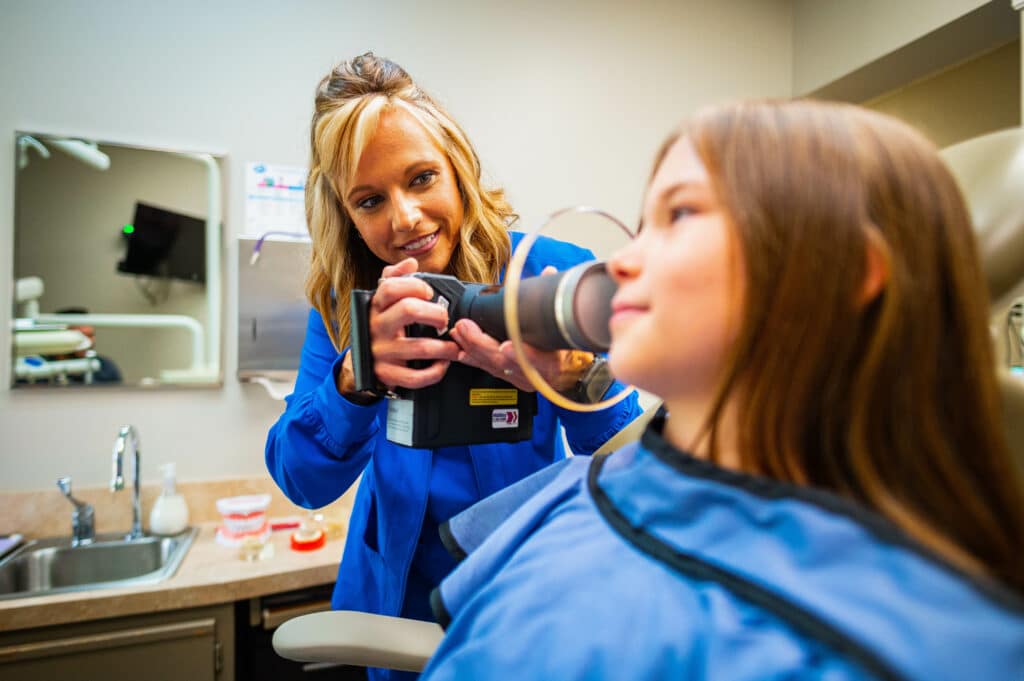
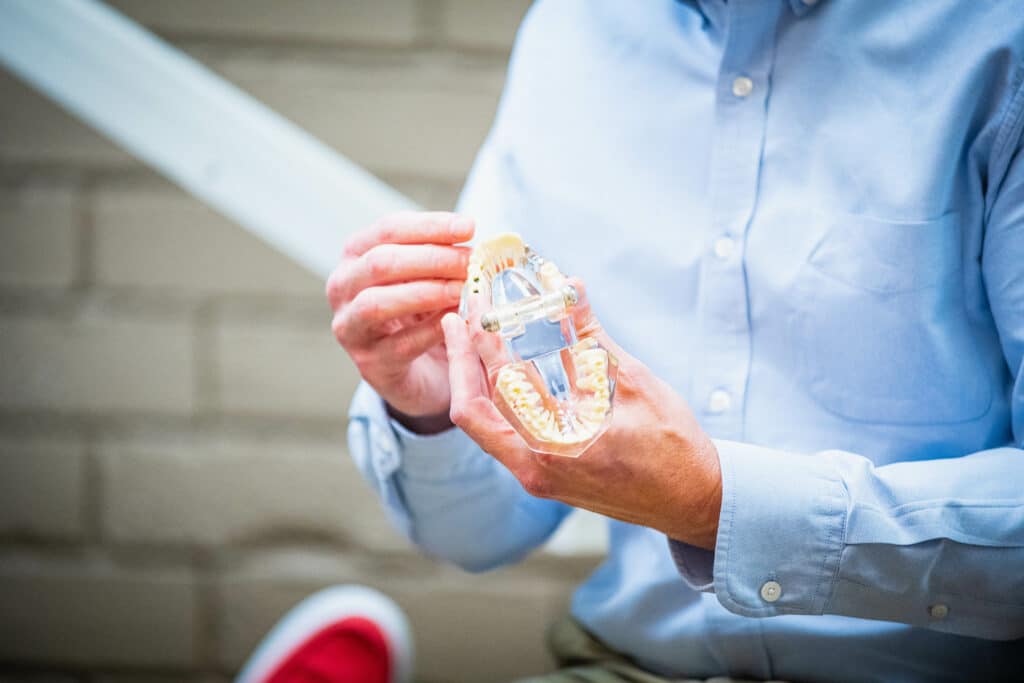
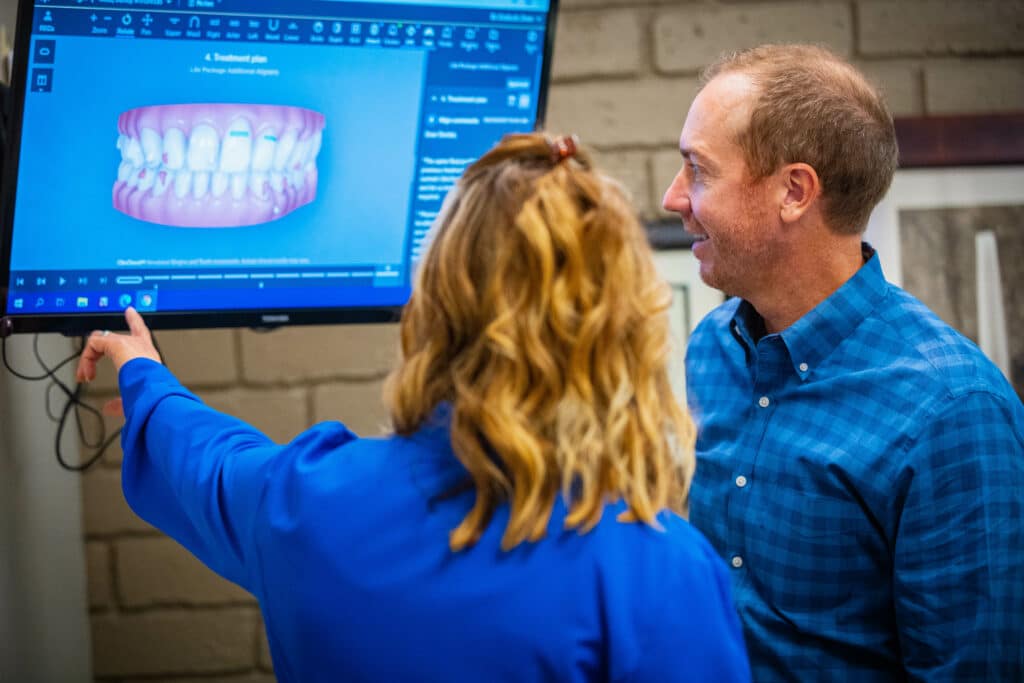
We better understand what causes tooth decay and gum disease, and we have many ways to treat both. We know the importance of good oral hygiene and encourage our patients to brush and floss at least twice a day for two minutes at a time.
Dr. Endicott stays on top of the latest dental technology and dentistry research to provide the best care possible for his patients. If you need dental treatment in Broken Arrow, OK, schedule an appointment with Endicott Dental.
